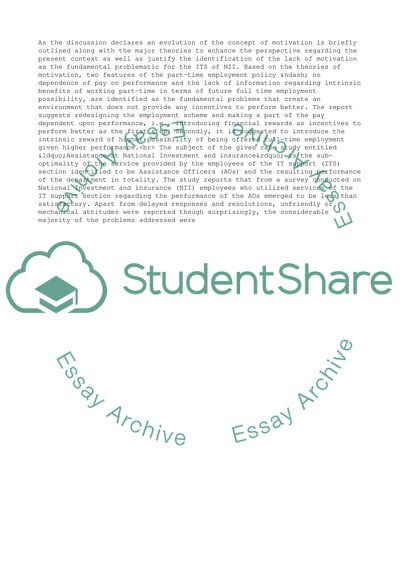Cite this document
(“Assistance at National Investment and Insurance Essay”, n.d.)
Assistance at National Investment and Insurance Essay. Retrieved from https://studentshare.org/business/1553580-management-people-work-organisations-case-study-research-report
Assistance at National Investment and Insurance Essay. Retrieved from https://studentshare.org/business/1553580-management-people-work-organisations-case-study-research-report
(Assistance at National Investment and Insurance Essay)
Assistance at National Investment and Insurance Essay. https://studentshare.org/business/1553580-management-people-work-organisations-case-study-research-report.
Assistance at National Investment and Insurance Essay. https://studentshare.org/business/1553580-management-people-work-organisations-case-study-research-report.
“Assistance at National Investment and Insurance Essay”, n.d. https://studentshare.org/business/1553580-management-people-work-organisations-case-study-research-report.


